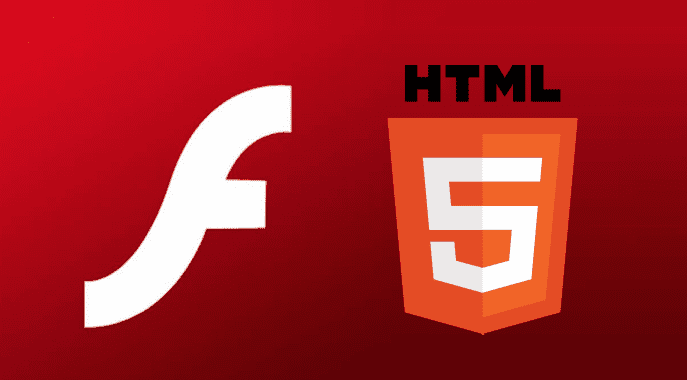Most computer technologies come and go, and most are unknown outside of the world that software engineers evolve in. However, Adobe’s Flash was a major technology that lasted 20 years, and was well known and utilized by everyone and anyone with access to a computer.
So why did such a widely used technology that was once installed on over a billion devices, lose its appeal?
Flash was originally created by FutureWave Software in the early 1990’s, which was acquired by Macromedia, a company that focused on media and web design tools including Dreamweaver. Adobe, then, acquired Macromedia back in 2005 for $3.4b in stock.
In the early 2000’s, Flash provided a leap in usability with advanced animation and interactive capabilities. Some designers started building content, and even full websites using Flash, but this quickly faded due to the cost and complexity of maintaining the content. There was also an end user issue where Flash files couldn’t be seen or indexed by search engines. Because Flash required users to install a Flash player and keep it updated, website designers were forced to create a non-flash experience when the player wasn’t detected. Designers had to do double the work with no available option for a workaround.. The main use of Flash evolved towards online games that required rich interaction, and for online advertising.
By 2010, an open source replacement for Flash had been in the works by the W3C, it was simply called HTML5 and it was an advancement on the HTML markup language that the entire web was based on. It leveraged other popular languages, such as Javascript, and included more advanced CSS that helped scale styling of HTML, making it easier to add effects and animation. In April 2010 around the time of the original iPad launch, Steve Jobs’ wrote an open letter explaining why Apple decided to not support Flash in iOS. He suggested that HTML5 and related technologies were going to replace Flash and result in a better experience for users both on the web and devices by improving battery life, security, and of course, touch capabilities that were not possible in Flash.
With no Flash support on iPhone or iPad and limited support on Android devices, growth in usage of those devices in the following years and an HTML5 specification still under development by the W3C, content and ads on iOS and Android had regressed and was mostly simple text, static images or animated gifs. Apple essentially ended up promoting its own languages to build apps with, rather than pushing HTML5. But by the end of 2014, the W3C released the final HTML5 spec and a new era began. Due to HTML5’s responsive design capabilities, more developers were building cross device web apps that could work within the browser, or in native app environments. For many companies developing apps especially in media or retail, this approach was far more efficient than having to maintain multiple codebases & teams for the web and native apps.
By 2015, the writing was on the wall for Flash – HTML5 is open source, versus proprietary technology like Flash that was owned by one company. This means it can be built directly into all browsers, and doesn’t require a plugin. All updates would come with the browser update.
A series of security issues that plagued Flash in 2015 and 2016 resulted in each of the major browsers announcing that they would be dropping support for not only Flash, but other plugins such as Quicktime, which was an Apple video technology. Flash also helped bring mass market video to the web via thousands of major publishers. Some publishers were still working hard to transition from their Flash video players to HTML5 until recently – a difficult transition due to the systems and partners they had integrated over years, and often internal concern of a possible revenue impact or DRM (Digital Rights Management) issues.
While the online advertising industry has already made the shift to HTML5 leveraging animation and interactive capabilities, the content world is yet to fully embrace animation and interactivity as most content is still being produced as simple text + images. Many companies are struggling to create HTML5 content and ads efficiently.
The Interactive Advertising Bureau (IAB) quickly embraced HTML5 and its responsive and adaptive design capabilities to help improve the ad experience. The recent IAB launch of Flexible Ad Units are set to replace the old fixed size ad placements like 300×250, 728×90, etc. that we had all become used to in the world of Flash. The new Flexible Ads are based on aspect ratios like 16:9, 1:1, 1:2 etc., and adapt to different devices and screen resolutions.
In the coming years, the new HTML5 responsive design tools will help streamline production of richer, interactive experiences and unlock a new era of enhanced web usability.



































